Determining the size of finisher pigs, replacement gilts and sows
Learn how to determine the size of your pigs to plan future market dates and assess the reproductive maturity of gilts. This technical information is for Ontario pork producers.
ISSN 1198-712X, Published October 2020
Introduction
This information will provide guidance on determining the size of your pigs at different stages of production. Having a good understanding of the size of a pig is key to optimizing management, performance and profitability. With finishing pigs and replacement gilts, the primary focus should be on the weight of the animal. With breeding animals, the focus should be on sow body condition, and not just on weight.
Body weight is used to ensure correct diets are being fed, to plan future market dates and to assess reproductive maturity in gilts. By knowing the weight of your pigs, you can more accurately pinpoint when diet phases should change with pig growth, in addition to better enabling the shipment of most of your market pigs within a desired weight category. Pigs can be weighed on a platform scale, but there are other techniques that can be utilized to estimate body weight with relative accuracy when no scale is available. These include body weigh tapes and smart phone applications that use cameras to measure aspects of the pig and determine an estimate of its body weight.
Body weight is only part of the equation when it comes to reproductive animals. The body condition of a sow accounts for both weight and backfat thickness. As with any animal, variations in size mean that two sows that weigh the same may not have the same body condition score (BCS). One sow may be much taller or longer than another sow of the same weight, meaning that one is likely over- or under-conditioned. Although a sow’s body weight (Figure 1) and BCS will fluctuate throughout her reproductive cycle, preventing large swings in BCS is key to optimizing your breeding herd performance.
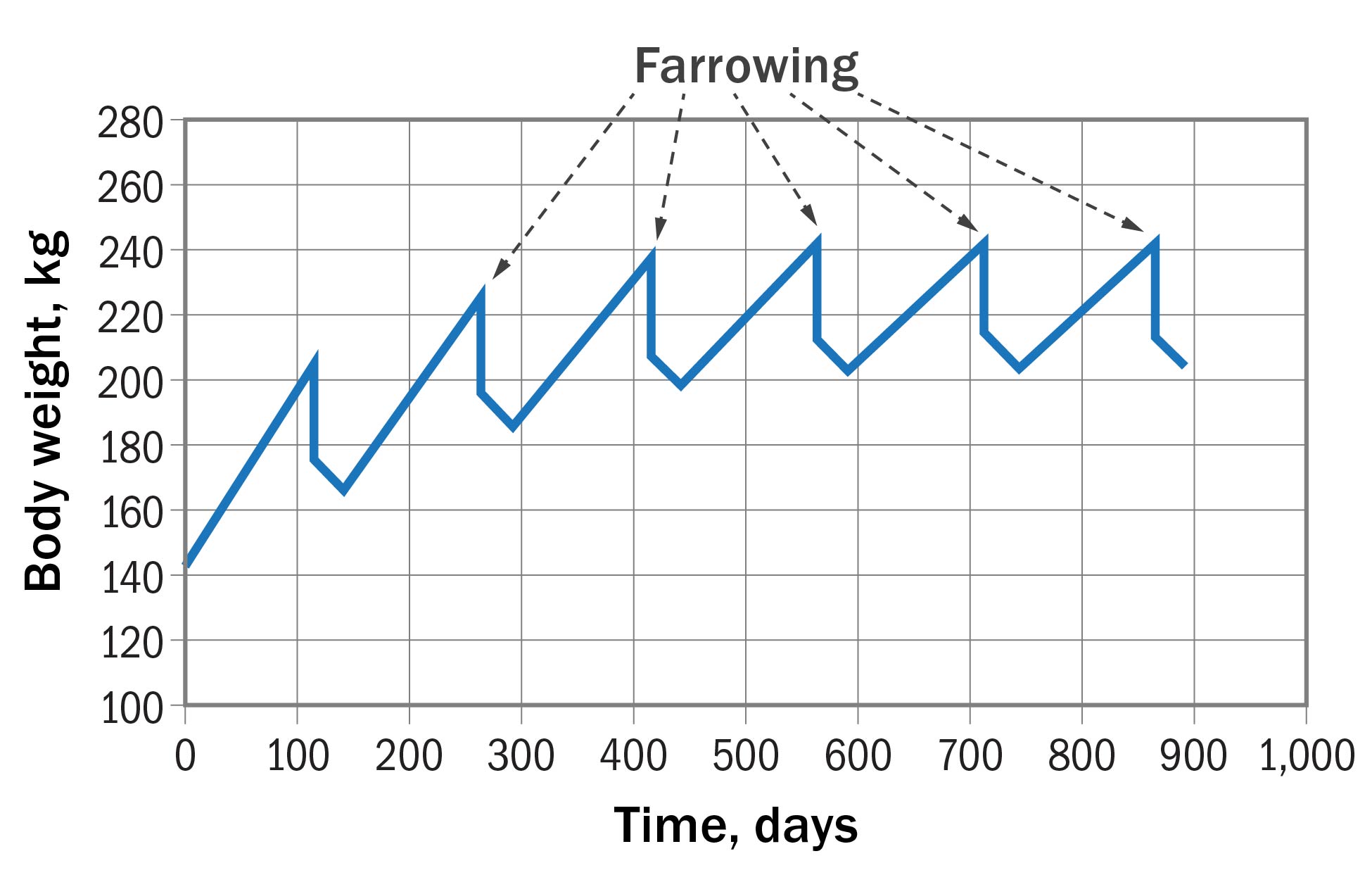
Figure 1. Desired body weight changes in sows across multiple parities
For example, sows that enter farrowing over-conditioned will have lower feed intakes, rely more on their own fat reserves to produce milk and will leave farrowing having lost more body condition. The sow will then require more inputs to bring her back to normal and will also have decreased numbers of piglets born in the subsequent farrowing
There are several ways to measure sow weight and body condition, including weigh scales, weigh tapes, backfat ultrasounds, visual scoring and BCS calipers. Producers should take advantage of these tools to help ensure that each sow is achieving the desired body weight and BCS changes over time.
Weigh scales
Weigh scales are the most accurate tool for determining the weight of your pigs, if the scales are cared for and maintained properly. There are various types of scales available, from individual animal scales through to large group scales. Autosort systems have scales built in, as do some electronic sow feeding systems. Scales should be checked for calibration on a regular basis. Calibration weight should be roughly equal to the weight of the animals using the scale. For example, if you are weighing 50-kg hogs, two 25-kg feed bags work great as a scale calibration check.
Scales are not cheap, but over time their benefits provide significant return on investment. By allowing you to accurately determine when to phase change diets, or by ensuring all pigs going to market are within the target grid, you will improve your profitability.
Weigh tapes – heart girth
The heart girth of a pig is highly correlated with its body weight. Measuring heart girth is an excellent, cost-effective way of estimating pig body weight when no scale is available. When measured properly, this method predicts body weight within 4.55 kg (10 lb) for market pigs and replacement gilts, and within 13.6 kg (30 lb) for mature sows.
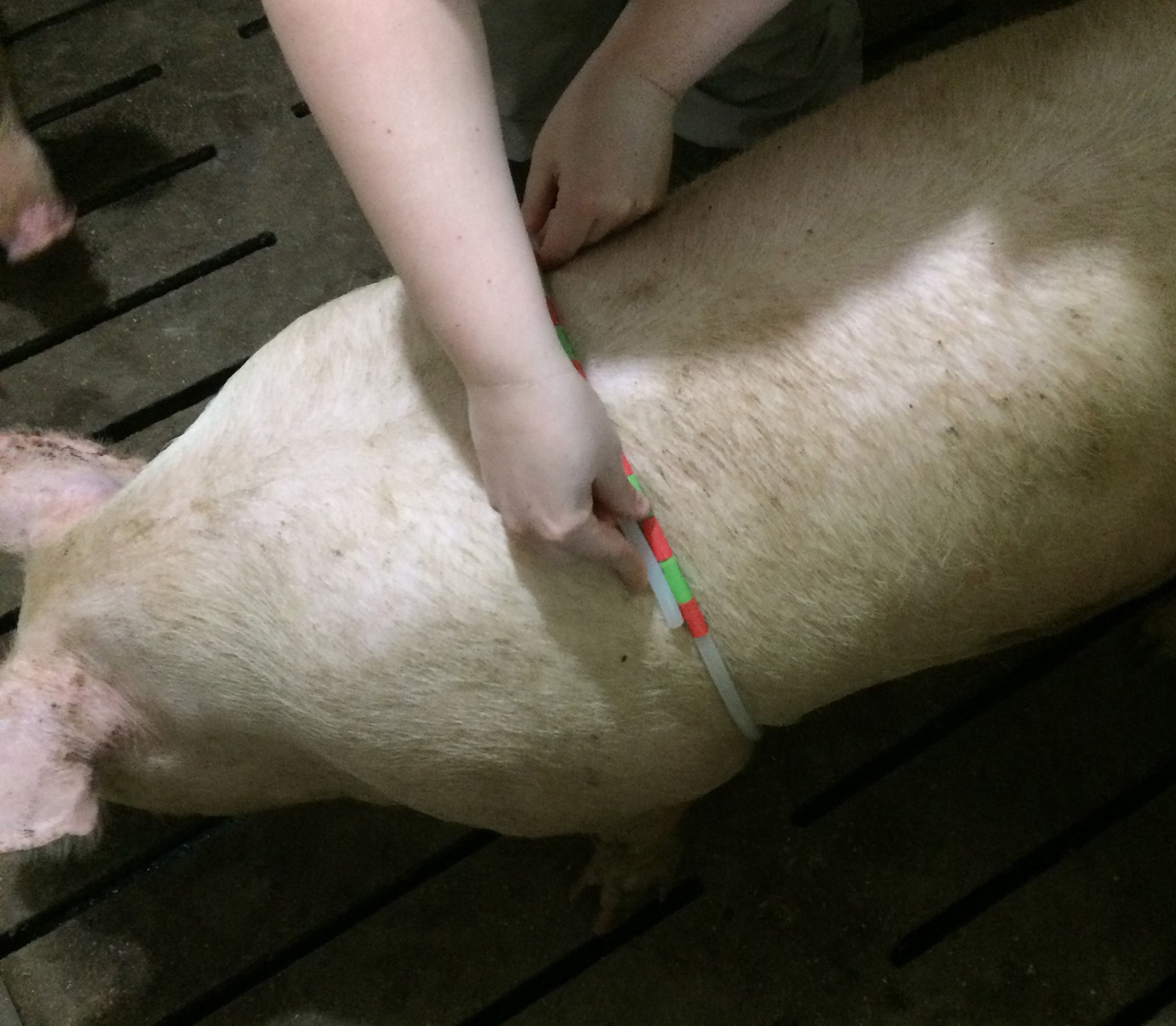
Figure 2. A polyethylene tube being used to measure heart girth and estimate body weight.
The heart girth of pigs can be measured using a tape measure, a string with incremental measurement markings or a polyethylene tube with markings. The heart girth is measured by wrapping the tape measure around the pig, just behind the forelegs and shoulders (Figure 2), and in front of the first mammary gland in sows.
Table 1 shows the measurement in inches and body weight in both pounds (lb) and kilograms (kg) for market pigs and replacement gilts. Table 2 shows the measurement in inches and body weight in both pounds (lb) and kilograms (kg) for mature sows. It is important to use the correct table, as the mathematical relationships for younger and older pigs are different.
To ensure accuracy, it is important to perform this measurement when pigs have had full access to feed and water (not directly after transportation, for example), and when pigs are clean. Additionally, the pig's head should be down, as the heart girth measurement becomes less accurate if the pig's head is raised. Allow the pig to chew on your boot or provide some feed on the floor to help obtain an accurate measurement. Take the measurement three times and use an average of the three values to improve accuracy.
| Heart girth in inches | Pig weight in pounds | Pig weight in kilograms |
|---|---|---|
| 25 | 49 | 22.2 |
| 26 | 59 | 26.8 |
| 27 | 69 | 31.3 |
| 28 | 79 | 35.8 |
| 29 | 89 | 40.4 |
| 30 | 99 | 45.0 |
| 31 | 107 | 48.5 |
| 32 | 116 | 52.6 |
| 33 | 126 | 57.2 |
| 34 | 136 | 61.7 |
| 35 | 146 | 66.2 |
| 36 | 157 | 71.2 |
| 37 | 168 | 76.2 |
| 38 | 180 | 81.6 |
| 39 | 193 | 87.5 |
| 40 | 206 | 93.4 |
| 41 | 219 | 99.4 |
| 42 | 234 | 106.1 |
| 43 | 249 | 112.9 |
| 44 | 264 | 119.7 |
| 45 | 280 | 127.0 |
| 46 | 297 | 134.7 |
| 47 | 314 | 142.4 |
| 48 | 332 | 150.6 |
| 49 | 351 | 159.2 |
| 50 | 370 | 167.8 |
Source: Groesbeck et al., 2002, and Tokach 2020 (personal communication).
| Heart girth in inches | Pig weight in pounds | Pig weight in kilograms |
|---|---|---|
| 45 | 284.5 | 129.1 |
| 46 | 306.1 | 138.8 |
| 47 | 327.6 | 148.6 |
| 48 | 349.2 | 158.4 |
| 49 | 370.7 | 168.1 |
| 50 | 392.2 | 177.9 |
| 51 | 413.8 | 187.7 |
| 52 | 435.3 | 197.5 |
| 53 | 456.9 | 207.2 |
| 54 | 478.4 | 217.0 |
| 55 | 499.9 | 226.8 |
| 56 | 521.5 | 236.5 |
| 57 | 543.0 | 246.3 |
| 58 | 564.6 | 256.1 |
| 59 | 586.1 | 265.9 |
| 60 | 607.6 | 275.6 |
| 61 | 629.2 | 285.4 |
| 62 | 650.7 | 295.2 |
| 63 | 672.3 | 304.9 |
| 64 | 693.8 | 314.7 |
| 65 | 715.3 | 324.5 |
Source: Iwasawa et al., 2004.
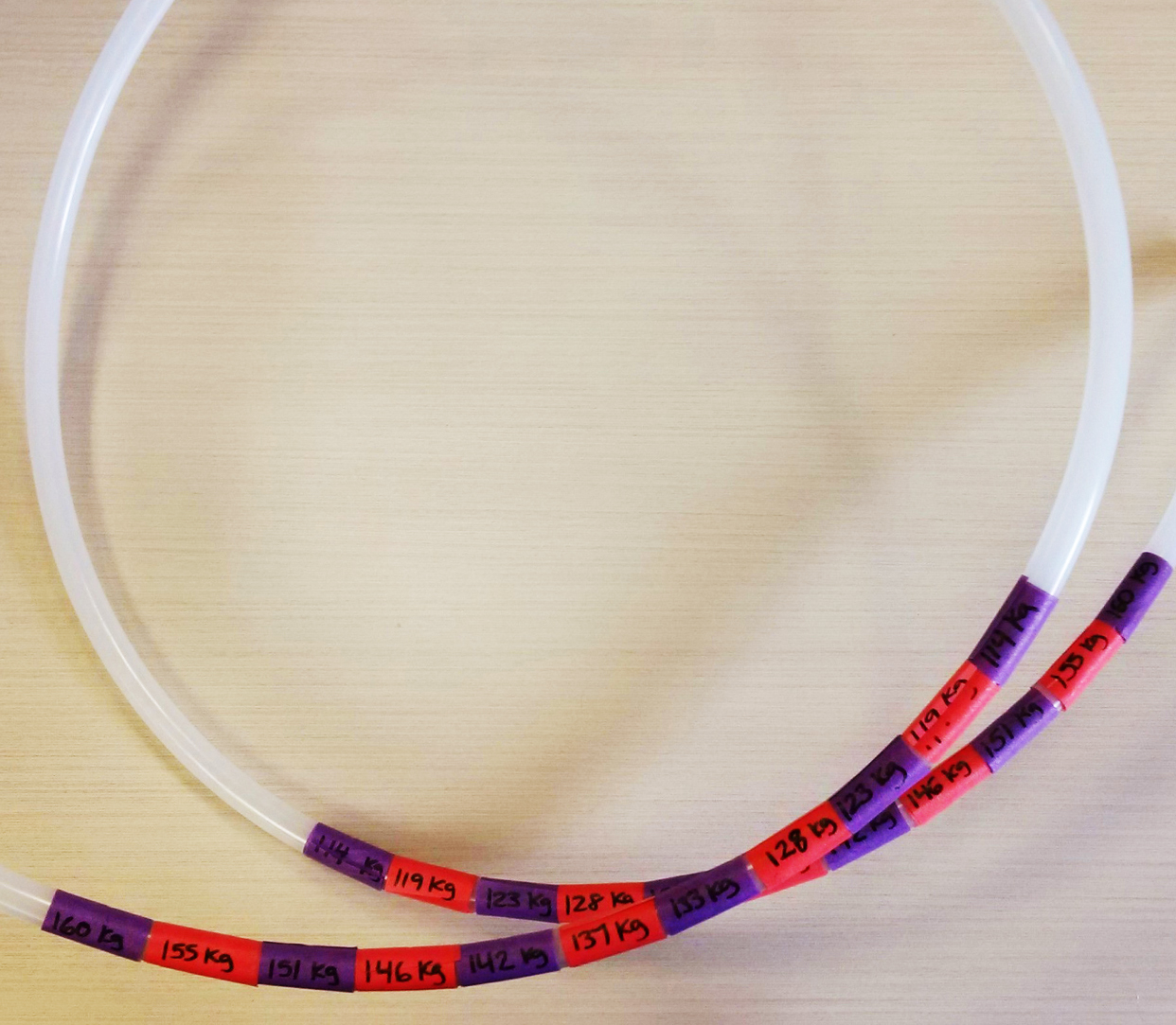
Figure 3. Polyethylene tube designed to estimate body weight using heart girth measurements.
Constructing a heart girth tube
Measuring tapes and strings are flimsy and can be difficult to use on a moving target. Researchers at North Carolina State developed a more rigid, polyethylene version of the heart girth measuring tape (Figure 3), which is easy to make and very inexpensive (less than $2.00 each). These are the step-by-step instructions as outlined in a video made by the NC State Swine Extension Team. Cut a 5-ft (60-in.) length of polyethylene tubing (3/8 in. outer diameter (o.d). works well).
- Secure a measuring tape flat to the floor or a table.
- Straighten the polyethylene tubing and secure with tape beside the tape measure you have laid out.
- Using a permanent marker, draw a line on the tubing starting at 114 cm (45 in.) through to 140 cm (55 in.). This will cover a weight range of 113–159 kg (250–350 lb).
- Using 2 different coloured 1-in. wide masking tapes, wrap alternating colours on each of the marks on the tube.
- Write the corresponding weight on each of the coloured tape sections.
- Repeat from the opposite side of the tubing, so your heart girth tube can be used from either direction.
Weigh tapes – flank to flank
When sows are housed in stalls, it is difficult to obtain a heart girth measurement since the front of the sow is hard to access. Because of this, researchers at Kansas State University determined a relationship between sow body weight and flank-to-flank measurement in addition to heart girth. They found that the flank-to-flank measurement was just as accurate as using the heart girth (within 30 lb or 13.6 kg), although the equations are slightly different.
The flank-to-flank measure is taken from the bottom of the left flank to the bottom of the right flank, running over top of the sow (Figure 4). The relationship between measured inches and body weights is shown in Table 3.
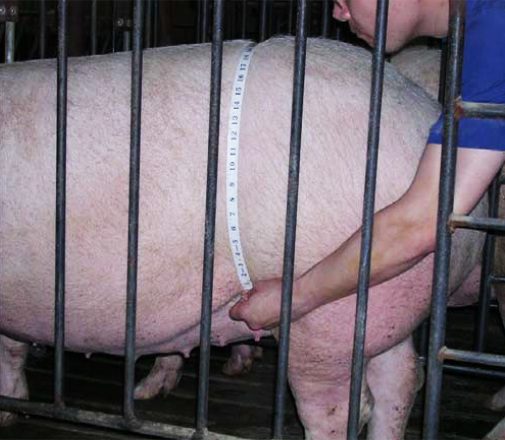
Figure 4. Flank-to-flank measurement of a sow
| Flank-to-flank in inches | Sow weight in pounds | Sow weight in kilograms |
|---|---|---|
| 29.7 | 190 | 86.2 |
| 30.2 | 200 | 90.7 |
| 30.8 | 210 | 95.3 |
| 31.3 | 220 | 99.8 |
| 31.9 | 230 | 104.3 |
| 32.4 | 240 | 108.9 |
| 32.9 | 250 | 113.4 |
| 33.4 | 260 | 117.9 |
| 33.9 | 270 | 122.5 |
| 34.4 | 280 | 127.0 |
| 34.8 | 290 | 131.5 |
| 35.3 | 300 | 136.1 |
| 35.7 | 310 | 140.6 |
| 36.1 | 320 | 145.2 |
| 36.5 | 330 | 149.7 |
| 36.9 | 340 | 154.2 |
| 37.3 | 350 | 158.8 |
| 37.76 | 360 | 163.3 |
| 38.0 | 370 | 167.8 |
| 38.3 | 380 | 172.4 |
| 38.6 | 390 | 176.9 |
| 39.0 | 400 | 181.4 |
Source: Iwasawa et al., 2004, and Tokach 2020 (personal communication).
Measuring backfat thickness
Backfat thickness can be measured using an A-mode or B-mode ultrasound scanner. These measurements are usually taken at the P2 position (6–8 cm away from the body midline at the last rib level). Each ultrasound machine may have slightly different instructions for measuring backfat, so it is important to follow the manufacturer’s instructions. A contact gel will be required to get an accurate reading.
Different genetic lines of pigs have different optimal backfat measures for reproductive sows. Work with your genetics supplier to know what thickness is best for your herd.
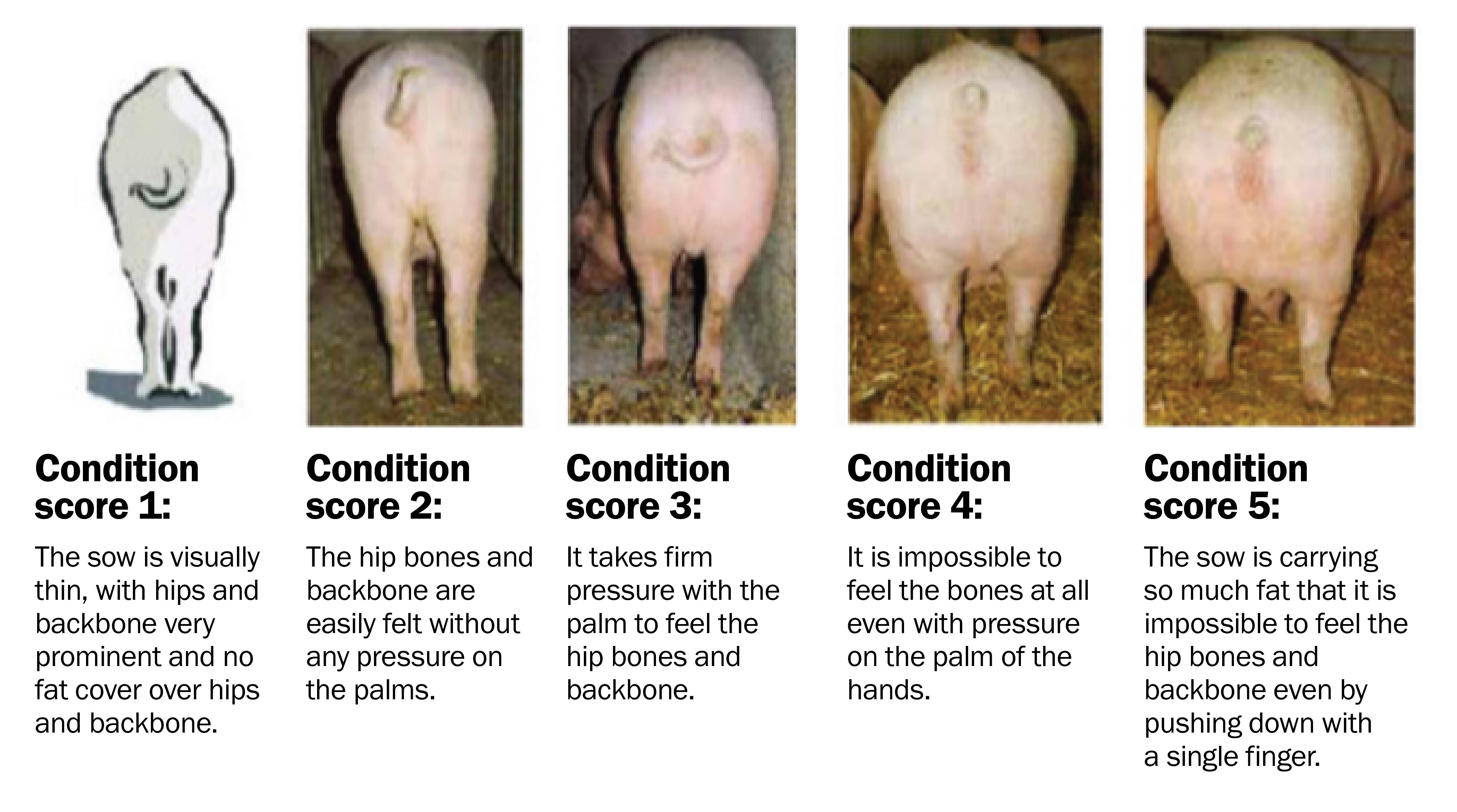
Figure 5. 5-point visual body condition scoring scale
Body condition scoring
Body condition can be evaluated using finger and hand pressure on various parts of the sow where fat is generally deposited. These areas include ribs, spine and hip bones. It is important to evaluate all three of these areas when body condition scoring, as all animals deposit fat differently. Consult with a qualified advisor such as a swine nutritionist or veterinarian to set the target scores of individual herds according to their unique feed, genetic lines and management strategies. Sows are typically scored on a 5-point scale with 1 being emaciated (very thin) and 5 being obese. Figure 5 is a visual representation along with a written explanation of each score.
A sow’s body condition will fluctuate with her reproductive cycle. Because of this, it is important to obtain multiple body condition scores throughout each reproductive cycle. The National Farm Animal Care Council (NFACC) Code of Practice provides guidelines for target body condition scores at critical points in the reproductive cycle (Table 4).
| Critical Point | Target Body Condition Score |
|---|---|
| Sows at farrowing | 3–3.5, with 80% scoring a 3 |
| Lactating & weaned sows | 2.5–3.5 |
| Remedial action needed | below 2.5 |
Source: NFACC Code of Practice for the Care and Handling of Pigs, 2014.
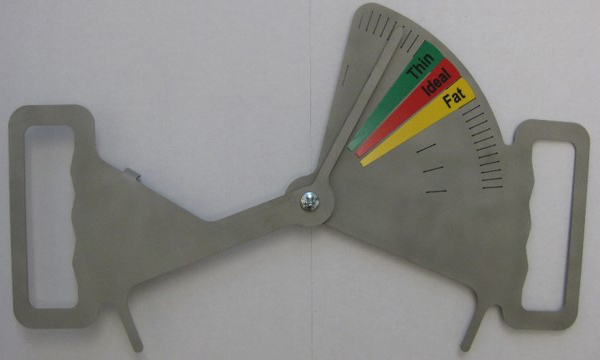
Figure 6. Sow body condition caliper designed by Dr. Mark Knauer at North Carolina State University.
Body condition score caliper
In 2015, Dr. Mark Knauer at North Carolina State University developed a new tool to remove the subjective aspects of using the visual 5-point scale for sow body condition scoring. The sow body condition caliper quantifies the angularity of a sow’s topline and uses the degree of the angle to determine the body condition of the sow (narrow angle = too thin, wide angle = too fat). The caliper, shown in Figure 6, can be ordered by contacting Dr. Knauer directly at mtknauer@gmail.com.
References
Groesbeck, C.N., R.D. Goodband, J.M. DeRouchey, M.D. Tokach, S.S. Dritz, J.L. Nelssen, K.R. Lawrence and M.G. Young. Using Heart Girth to Determine Weight in Finishing Pigs. Kansas State Swine Day, 2002
Iwasawa, T., M.G. Young, T.P. Keegan, M.D. Tokach, S.S. Dritz, R.D. Goodband, J.M. DeRouchey and J.L. Nelssen. Comparison of Heart Girth or Flank-to-Flank Measurements for Predicting Sow Weight. Kansas State Swine Day, 2002.
Johnson, C., K. Stalder and L. Karriker. Iowa State University. Sow Condition Scoring Guidelines. 2006.
Knauer, M.T., and D.J. Baitinger. The Sow Body Condition Caliper. Applied Engineering in Agriculture. Vol. 31 (175–178). 2015.
National Farm Animal Care Council. Code of Practice for the Care and Handling of Pigs. 2014.
National Research Council (NRC). Nutrient Requirements of Swine. 2012.
North Carolina State Swine Extension Team. A New Tool for Measuring the Heart Girth of Pigs. 2016.
Young, M.G., M.D. Tokach, F.X. Aherne, R.G. Main, S.S. Dritz, R.D. Goodband and J.L. Nelssen. Comparison of Three Methods of Feeding Sows in Gestation and the Subsequent Effects on Lactation Performance. J. Anim. Sci. 82: 3058. 2004.
This factsheet was authored by Dr. Laura Eastwood, Swine Specialist, OMAFRA, Stratford, and Dr. Jaydee Smith, Swine Specialist, OMAFRA, Ridgetown.
Footnotes
- footnote[1] Back to paragraph National Research Council (NRC). Nutrient Requirements of Swine. 2012
- footnote[2] Back to paragraph Young, M.G., M.D. Tokach, F.X. Aherne, R.G. Main, S.S. Dritz, R.D. Goodband and J.L. Nelssen. Comparison of Three Methods of Feeding Sows in Gestation and the Subsequent Effects on Lactation Performance. J. Anim. Sci. 82: 3058. 2004.
- footnote[3] Back to paragraph Iwasawa, T., M.G. Young, T.P. Keegan, M.D. Tokach, S.S. Dritz, R.D. Goodband, J.M. DeRouchey and J.L. Nelssen. Comparison of Heart Girth or Flank-to-Flank Measurements for Predicting Sow Weight. Kansas State Swine Day, 2002.
- footnote[4] Back to paragraph National Farm Animal Care Council (NFACC). Code of Practice for the Care and Handling of Pigs. 2014.